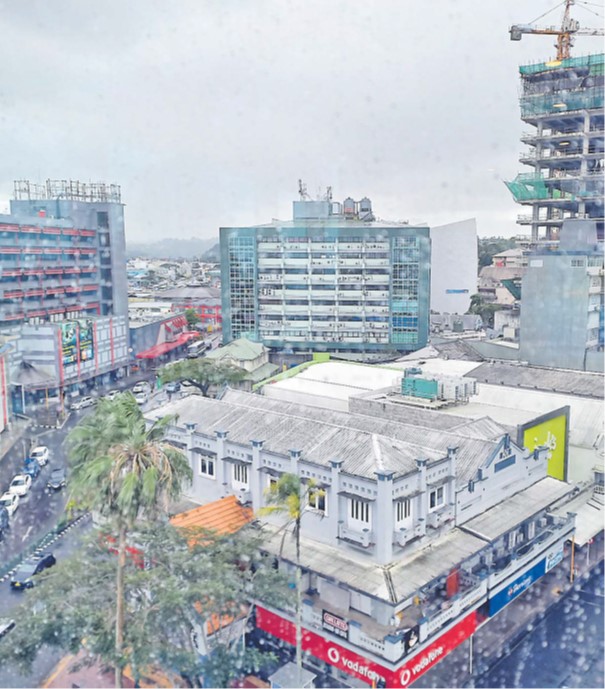The private sector is on the move in the construction sector.
In the latest ANZ Pacific Insight report coauthored by ANZ senior Pacific economist Kishti Sen and senior International economist Tom Kenny, they analysed Fiji’s latest construction data which is showing year-on-year increase (for the year ended June, 2025) in value of work completed driven by a 10.8per cent increase in non-residential building construction such as commercial and industrial structures.
This segment totalled $195million for the year against a flat growth in residential, signalling increased private sector driven activities.
“We believe that non-residential building will experience an upswing and become the primary driver of construction industry growth from 2026 onwards,” the authors noted.
“Fiji’s space requirements have increased, boosting fresh investment in hotels, new office towers, shopping centres, warehouses and factories.
“Fiji’s increasing role as a regional distribution hub, access to finance, lower borrowing costs and increasing interest from foreign investors are all playing a part in driving an upturn in non-residential building in the country.”
Mr Sen opined to this newspaper that signs are finally emerging that some projects in Fiji’s vaunted investment pipeline may be approaching commencement.
“The non-residential building approvals data certainly suggests that.
“We could be looking at a strong period of construction activity from 2026 test the previous peak of about $F600 of investment reached in 2019, so some cause for celebration.”
Data on the value of building permits issued (data available as of June 2025) indicate a substantial increase in the value of nonresidential permits granted.
“Approvals surged by 190per cent in the second quarter of 2025 to $F165m,” the report noted.
“Although quarter-on-quarter changes can be volatile due to the scale of individual projects, the year-average increase in non-residential building approvals is noteworthy.
“For the year ended June 2025, approvals rose by 95.2per cent to $F450m, marking the highest annual total since records commenced in 2004.”
The authors said several factors are contributing to the unlocking of non-dwelling building investment.
“Fiji’s growing reputation as a distribution hub in the Pacific is an important factor.
“Both airports and ports are running at capacity. Ample banking system liquidity, with excess cash balance at the central bank near an historical high, is providing ready access to finance.
“Borrowing costs, on average, are at historical lows due to excess liquidity and monetary policy adopted by the Reserve Bank of Fiji (overnight policy rate is at 0.25per cent, an all-time low).
“There is an emerging trend of increasing involvement of foreign investors, particularly in the hotels and resorts space.
“This strong pipeline of private-sector investments in offices, retail spaces, warehouses, hospitals, factories, hotels and resorts will progress to the construction phase in future.
“Hence, overall activity is expected to rise further, potentially reaching a new cyclical peak exceeding $F600m.”



